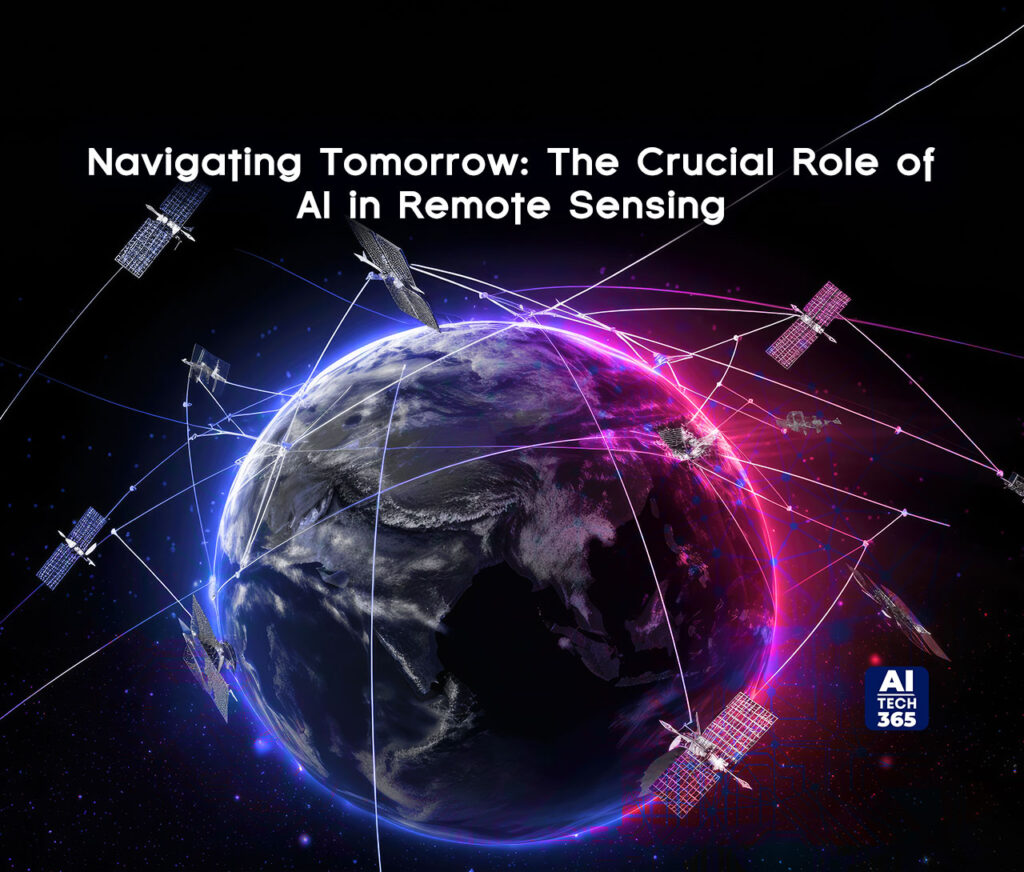Ever wondered how artificial intelligence could turn our skies into the ultimate storyteller? Picture this: a dynamic duo of cutting-edge technology and the vast canvas of remote sensing, painting a narrative of our changing world. In a world where every pixel captures a piece of our planet’s tale, AI swoops in as the storyteller extraordinaire. So, what happens when we infuse AI into remote sensing? Let’s find out by diving into the world of AI in remote sensing.
An Introduction to AI in Remote Sensing
Basics of AI and Remote Sensing
Remote sensing technologies encompass various methods such as optical remote sensing, radar remote sensing, LiDAR, thermal remote sensing, and multispectral and hyperspectral imaging. These technologies enable the collection of valuable data about the Earth’s surface and atmosphere.
Key AI Techniques in Remote Sensing
AI methods, encompassing traditional machine learning and deep learning, are utilized in remote sensing to accomplish various tasks, including identifying objects, detecting land usage, merging data, eliminating clouds, analyzing spectral patterns, and more. These methods are pivotal in the examination and interpretation of remote sensing information for the extraction of valuable insights.
The Role of AI in Remote Sensing
Also Read: Understanding AI in Computer Vision: A Beginner’s Guide
Enhancing Data Collection and Analysis
The collaboration between AI and satellite technology has resulted in the development of advanced satellites equipped with advanced sensors that can collect a wide range of data. These include information on temperature variations, vegetation levels, ocean currents, and various geospatial measurements. Through the use of AI algorithms, this vast amount of data is efficiently analyzed, providing researchers with significant knowledge about the complex processes and overall trends that influence the evolution of our planet.
Precision Agriculture through AI
The integration of AI in remote sensing enhances collaboration with the agricultural sector, empowering farmers with a comprehensive set of insights into crop health, soil moisture dynamics, and the intricate balance of nutrients in arable land. This advanced agricultural intelligence not only aids in the adoption of sustainable farming practices but also improves crop productivity while reducing resource usage. As a result, it strengthens global food security by utilizing artificial intelligence in remote sensing technology.
Improved Image Processing
The revolutionary impact of AI in remote sensing permeates the core of image processing. Utilizing the capabilities of AI, experts can make improvements to image quality and clarity, surpassing the limitations of human perception. This enhanced resolution is particularly valuable when analyzing complex elements in satellite imagery, such as detecting deforestation, tracking animal migration routes, and meticulously examining the expanding urban landscape.
AI and Disaster Management
The collaboration between AI and remote sensing is particularly valuable in disaster management. By using past data, AI algorithms have the ability to predict and monitor natural disasters such as earthquakes, tsunamis, and hurricanes. This forecasting capability allows for prompt alerts, enabling faster responses to minimize casualties and facilitating the strategic coordination of disaster preparedness efforts.
Monitoring Climate Change
AI has a crucial function in unraveling the complex intricacies of climate change. Through analyzing vast amounts of data, AI effectively reveals subtle trends in ice melting, sea level variations, and temperature changes. These valuable insights, facilitated by AI in remote sensing, are essential for comprehending the remnants of climate change and formulating strategies to mitigate its alarming trajectory.
In terms of environmental applications of remote sensing, the European Space Agency (ESA) Copernicus Programme stands out as an exceptionally ambitious endeavor. It aims to establish a fully automated monitoring system.
Biodiversity and Ecosystem Monitoring
The incorporation of artificial intelligence (AI) in the field of remote sensing has brought about a transformative impact, making substantial contributions to the preservation of biodiversity and the management of ecosystems. Leveraging advanced AI technology, researchers can precisely analyze and track fluctuations in biodiversity and ecosystem well-being. The utilization of AI in remote sensing is instrumental in safeguarding Earth’s diverse species and ecosystems, which are essential for maintaining ecological equilibrium.
Urban Planning and Infrastructure Development
The synergy between AI and remote sensing marks a revolutionary advancement with profound implications for urban planners and infrastructure development. Through the systematic analysis of data encompassing population dynamics, traffic patterns, and infrastructural growth, AI and remote sensing are essential parts of crafting precisely calibrated urban development strategies. This integration facilitates optimal resource allocation and fosters sustainable urban expansion, exemplifying the seamless integration of technology into the urban milieu.
Winding Up
The integration of AI in remote sensing software has ushered in a transformative era, redefining the landscape of environmental monitoring and data analysis. The AI in remote sensing impact factor is unmistakable, enhancing the efficiency and precision of data interpretation. As we navigate the realms of AI in remote sensing, its multifaceted definition unfolds—encompassing advanced algorithms, machine learning models, and cognitive technologies.
Embracing this powerful synergy has brought about a paradigm shift in how we comprehend, analyze, and harness insights from vast datasets. The future of remote sensing is undeniably intertwined with the prowess of AI, offering boundless possibilities for sustainable advancements in diverse fields.

